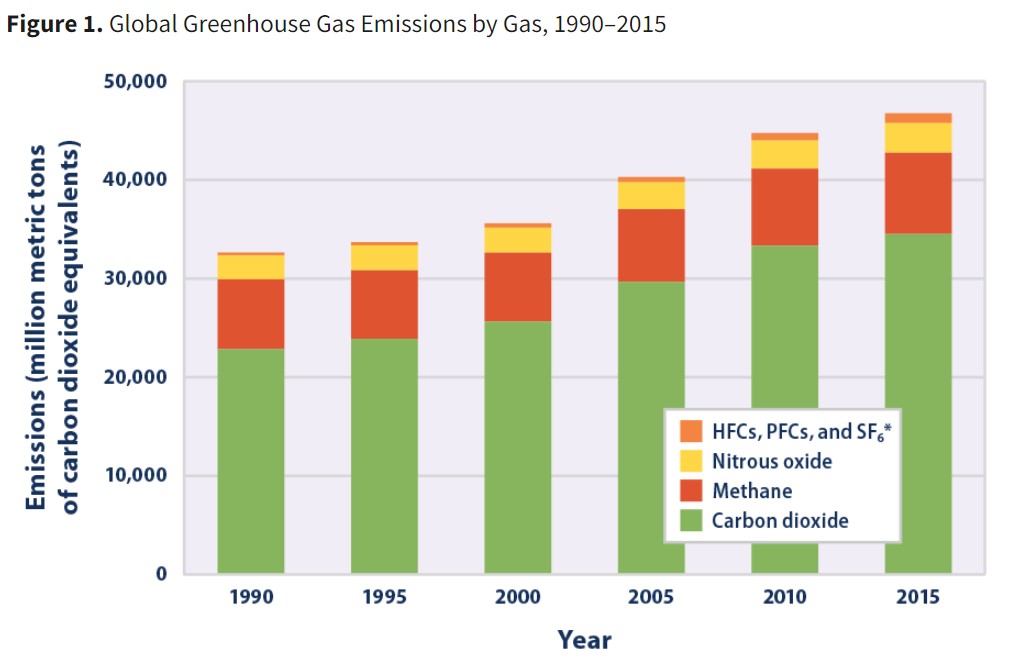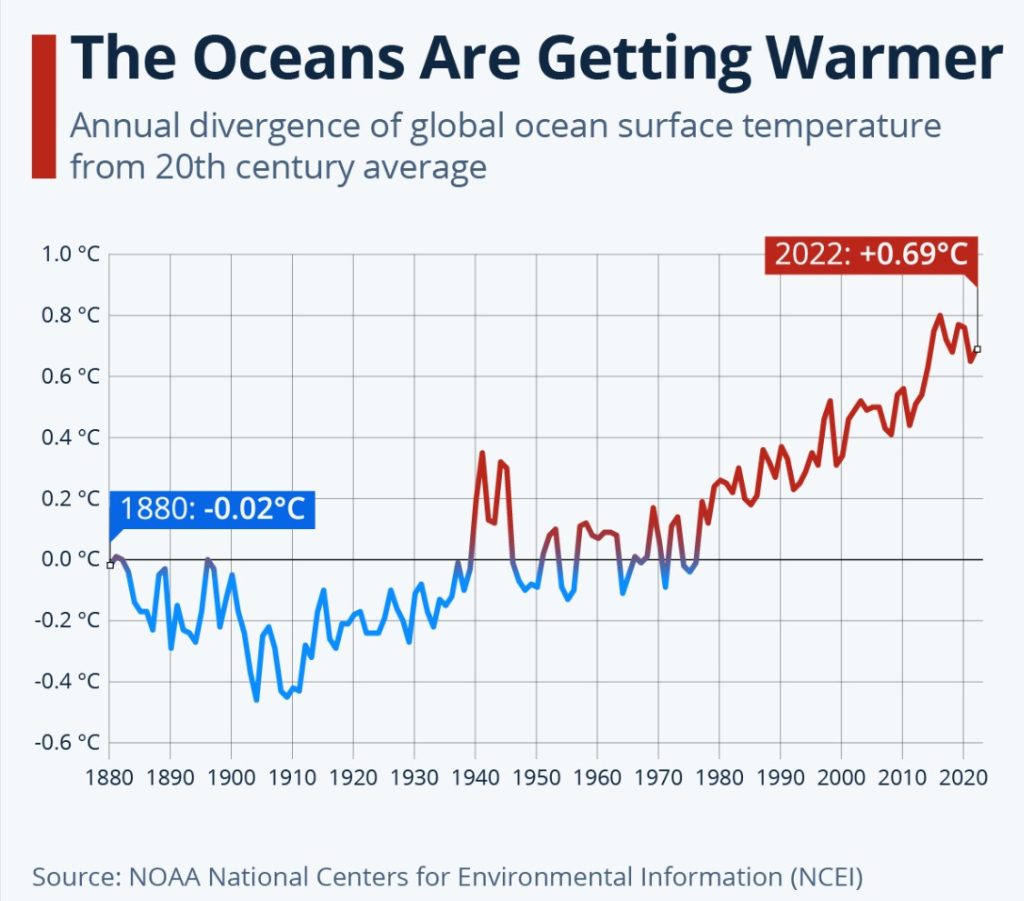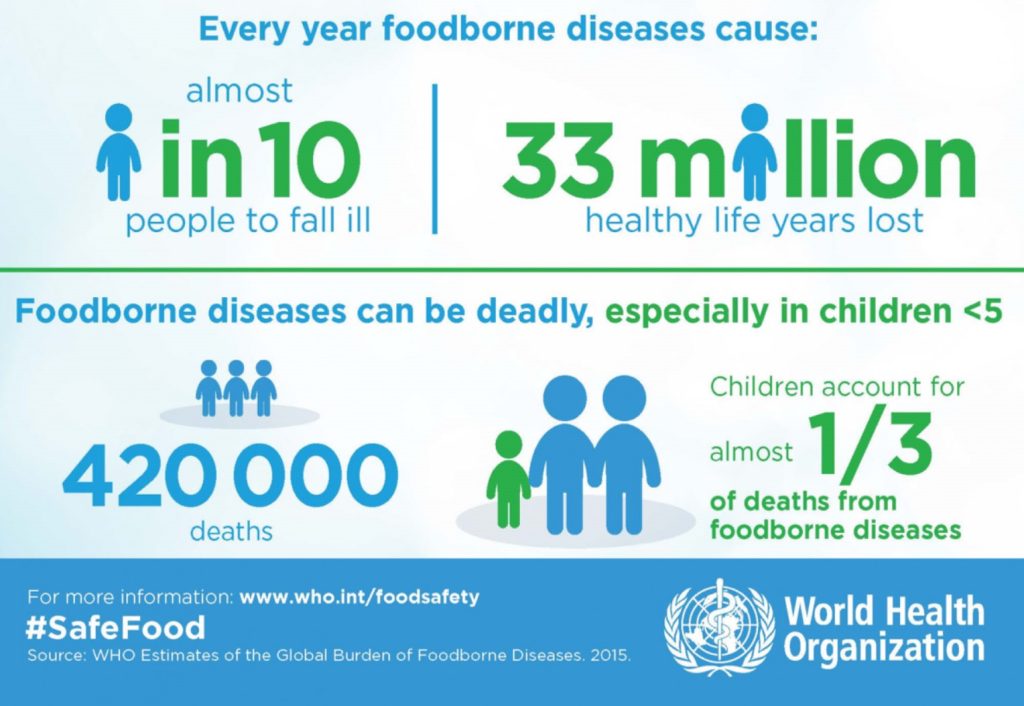CONTENTS
- Advisory Opinion of the International Tribunal for the Law of the Sea (ITLOS)
- Protecting Health Through Food Safety
Advisory Opinion of the International Tribunal for the Law of the Sea (ITLOS)
Context:
International climate change litigation reached a significant milestone on May 21, 2024, when the International Tribunal for the Law of the Sea (ITLOS) issued an advisory opinion requested by the Commission of Small Island States on Climate Change and International Law (COSIS). This opinion addressed the specific obligations of Parties to the United Nations Convention on the Law of the Sea (UNCLOS) concerning climate change mitigation. COSIS, an association established in 2021, represents small island states.
Relevance:
GS2-
- Important International Institutions, agencies and fora – their Structure, Mandate
- Effect of Policies & Politics of Countries on India’s Interests
GS3-
- Conservation, Environmental Pollution and Degradation, Environmental Impact Assessment
- Climate Change
Mains Question:
The advisory opinion by the International Tribunal for the Law of the Sea addressing the specific obligations of Parties to the United Nations Convention on the Law of the Sea (UNCLOS) concerning climate change mitigation is a high point in international climate change litigation. Discuss. (15 Marks, 250 Words).
Significance of the ITLOS Advisory Opinion:
- The ITLOS advisory opinion is particularly noteworthy given the upcoming advisory proceedings by the International Court of Justice (ICJ) on the “Obligations of States in respect of Climate Change.”
- In a bold move, ITLOS accepted COSIS’s request to identify the obligations of states not party to the COSIS Agreement, particularly regarding obligations under Article 194(1) of UNCLOS.
- The Tribunal clearly stated that Parties have specific obligations to take all necessary measures to prevent, reduce, and control marine pollution from anthropogenic greenhouse gas (GHG) emissions.
- Furthermore, the opinion clarified that the release of carbon dioxide by humans, directly or indirectly, into the marine environment, qualifies as a substance or energy with potential harmful effects on the marine environment as defined in Article 1(1)(4) of UNCLOS.
- The ITLOS clarification that carbon dioxide qualifies as a pollutant supports the scientific community’s stance that the surface ocean absorbs about a quarter of atmospheric CO2 emissions, increasingly causing seawater acidification. Unlike other greenhouse gases (GHGs), CO2 contributes significantly to this effect.

- Additionally, the ocean absorbs over 90% of the excess heat from global warming, leading to higher ocean temperatures and rising sea levels.

Understanding its Legal Importance:
- Understanding its legal importance, the principle of prevention or the no-harm rule, which governs state behavior in regulating shared natural resources to prevent significant transboundary harm, faces limitations in addressing the climate crisis.
- These limitations include its bilateral framework and challenges related to attribution and standing in proving breaches of climate obligations.
- The opinion supports the principle of collective action for climate change, highlighting its importance over bilateral considerations.
- It emphasizes that necessary measures should be based on the best available science and adhere to relevant international rules and standards, such as the United Nations Framework Convention on Climate Change, the 2015 Paris Agreement, and the goal of limiting global temperature rise to 1.5°C rather than 2°C.
- The opinion characterizes the obligation to take necessary measures as a due diligence obligation, but with a stringent standard due to the high risks of serious and irreversible harm to the marine environment from such emissions.
Associated Shortcomings:
- However, the obligations under Article 194(1) to reduce anthropogenic GHG emissions are broad and general. This implies that not all pollution (GHGs) must be entirely prevented, nor do anthropogenic GHG emissions need to cease immediately or even eventually.
- Measures that progressively reduce marine pollution by decreasing GHG emissions over time would be sufficient.
- Yet, ITLOS’s identification of a general obligation emphasizes that states do not have unlimited discretion in addressing climate change.
- The mere identification of a general obligation holds symbolic value and is insufficient. Environmental law expert Christina Voigt points out that while most states are already taking some action on climate change mitigation, the critical issue is not the existence of an obligation to mitigate climate change, but the specific content and standard of conduct required for this obligation.
The Netherlands Supreme Court’s decision:
- An illustrative example is the Netherlands Supreme Court’s decision in Urgenda Foundation vs. The Netherlands, where the court ruled that to comply with a general mitigation obligation derived from the European Convention on Human Rights (ECHR) in light of the standard of due care, the Netherlands had to reduce GHG emissions to 25% below 1990 levels by 2020, exceeding the government’s insufficient pledge of 17%.
- The court largely identified this target by relying on scientific estimates and the least-cost method of achieving the 2°C temperature goal outlined in the Paris Agreement.
- However, the opinion did not concretely identify a methodology for assessing a state’s requisite level of mitigation action, unlike the Urgenda judgment.
Conclusion:
The necessary measures, according to the opinion, are to be based on the means and capabilities available to states, implying that the principle of equity must be considered when determining the required level of mitigation action, if any. Although the advisory opinion lacks legal force, it still holds significant political influence as an authoritative judicial pronouncement.
Protecting Health Through Food Safety
Context:
Food is a vital part of our lives, and the quality of the food we eat significantly influences the development and management of chronic diseases. Many chronic conditions, such as heart disease, diabetes, obesity, and certain types of cancer, are closely tied to diet and nutrition. Unfortunately, people often overlook the importance of food quality.
Relevance:
GS3- Food Security
Mains Question:
As our global food system evolves, so must our approaches in ensuring food safety. Analyse. (10 Marks, 150 Words).
Significance of Ensuring Food Safety:
- Ensuring food safety is crucial for maintaining public health, preventing foodborne illnesses, and supporting the economic stability of the food industry.
- These illnesses result from consuming food or drinks contaminated with harmful microorganisms (bacteria, fungi, parasites) or toxins.
- The World Health Organization (WHO) reports that approximately 600 million people fall ill from contaminated food each year, leading to 420,000 deaths.
- These numbers highlight the severe health consequences of unsafe food. Foodborne illnesses can lead to long-term health issues, including kidney failure, chronic arthritis, brain and nerve damage, and death.
- This year’s World Food Safety Day theme, “Prepare for the Unexpected,” emphasizes the importance of proactive measures in maintaining food safety amid various unforeseen challenges.
- Given the current scenario, where new pathogens are emerging and toxic additives are being introduced into foods for profit, robust and adaptive food safety measures are more critical than ever.
- We see a proliferation of street food stalls across the country, often lacking in hygiene and quality.
- Even the food products we buy from supermarkets do not always guarantee quality, with discrepancies between the label and actual ingredients being common.
- Furthermore, enforcement agencies infrequently check the quality of food provided by vendors.

Globalisation’s Role in Hampering Food Safety:
- In the past, each food item had a unique local flavor, available only in specific places and shops. With small-scale production, manufacturers could maintain control over the quality and safety of their products.
- However, the globalization of the food supply chain has complicated food safety. Food products now travel long distances and go through many intermediaries before reaching consumers.
- This lengthy supply chain makes it difficult to trace contamination sources and maintain consistent safety standards.
Other Associated Risks:
- The reliance on technology in food production and safety monitoring also brings risks, such as refrigeration system failures leading to spoilage and contamination spreading quickly in automated processing lines if not detected.
- Bioterrorism, or the deliberate contamination of food supplies, is a serious potential threat. An example is the Rajneeshee (Osho) cult, which contaminated salad bars in Oregon with Salmonella, sickening 751 people.
Recent Developments:
- In a recent meeting in New Delhi, the Food Safety and Standards Authority of India (FSSAI) approved several amendments aimed at simplifying food safety regulations and promoting ease of doing business.
- FSSAI will issue a draft notification regarding these amendments and will seek comments from stakeholders before finalizing them.
Proposed Amendments in Food Safety and Standard Regulations:
Elimination of Multiple Certifications:
- The amendments propose abolishing the need for certification from the Bureau of Indian Standards (BIS) and Agricultural Marketing (AGMARK) for food products.
- Only FSSAI certification would be mandatory if these changes are implemented.
Facilitation of Ease of Doing Business:
The amendments support the government’s ‘One Nation, One Commodity, One Regulator’ vision, aiming to simplify regulations and administrative processes for businesses in the food sector.
Expansion of Standards:
- Beyond simplifying the certification process, the proposed amendments include establishing standards for Mead (Honey wine) and Alcoholic Ready-to-Drink (RTD) beverages.
- Additionally, the amendments introduce quality standards for ‘Haleem,’ a dish made of meat, pulses, grains, and other ingredients, which currently lacks defined quality parameters.
Way Forward:
- Quality standards should be based on the actual safety of consumables rather than a nation’s status. There is a significant quality gap between food products available in Indian markets and those overseas.
- Harmonizing global standards can help address disparities in food safety practices across countries.
- Collaboration between agencies like WHO and FAO is essential for developing strategies to combat foodborne diseases and related health issues.
- Enforcement agencies should leverage technological advancements such as blockchain for improved food traceability and IoT sensors for real-time monitoring of storage conditions.
Conclusion:
Ensuring food safety requires ongoing innovation and vigilance. As our global food system evolves, so must our approaches to maintaining its safety. Preparing for the unexpected in food safety is not just a reactive step but a proactive commitment to protecting the well-being of all people.




